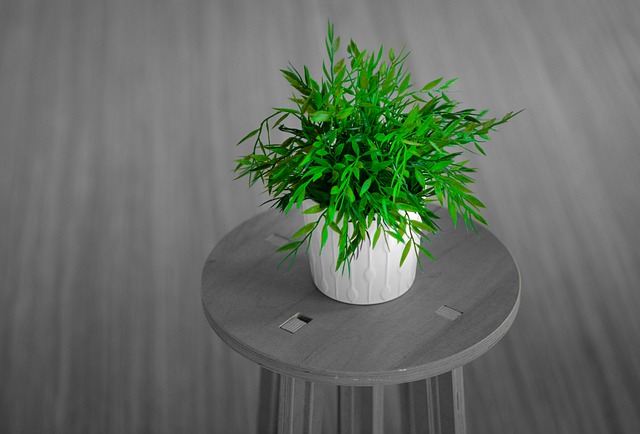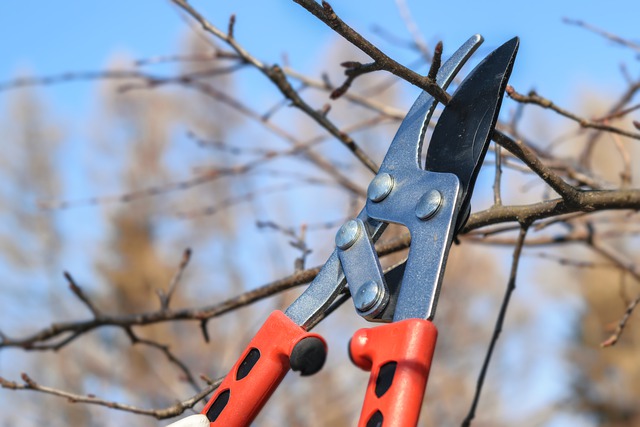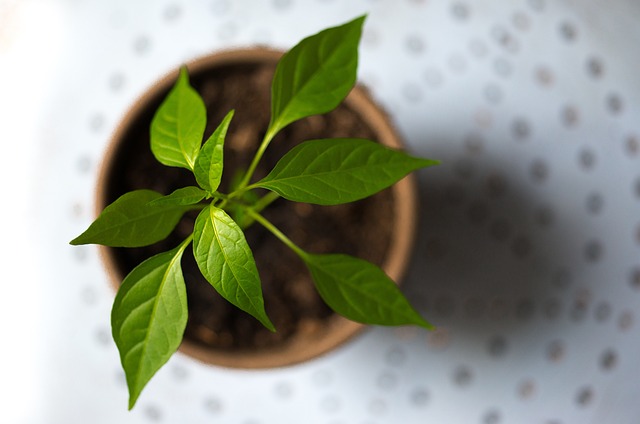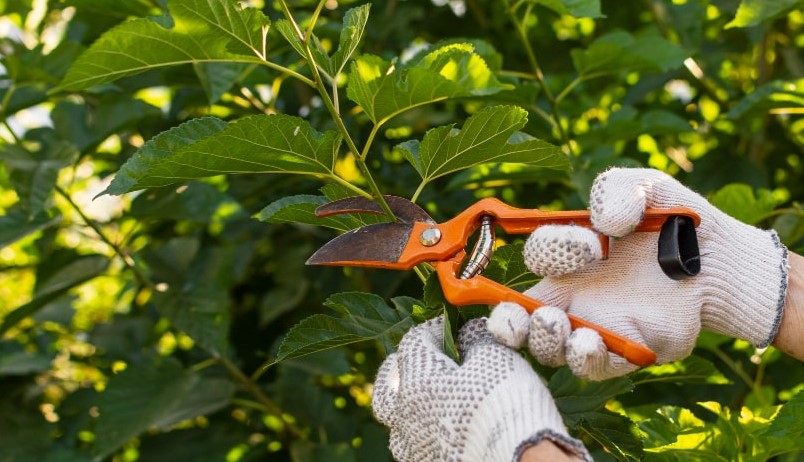Pruning plants is a common practice among growers to control growth, optimize harvests, and ensure plant health. In this blog post, we explain the benefits of pruning, the best timing, and the proper methods for doing it.
Pleasantly, if you grow in a Bonsanto Growbox , you don’t have to prune your plant!
Table of contents
Benefits of Pruning
Pruning plants offers numerous benefits: it increases yield by allowing the plant to focus its energy on bud production, promotes plant health by removing disease-prone parts, and provides better control over growth, especially in indoor spaces with limited room. The pruning process also allows lower leaves to receive more light, enhancing the plant’s overall performance.

When to Prune?
The right timing for pruning depends on the plant’s growth phase. The ideal time is during the vegetative stage when the plant is about 30 cm tall and has seven pairs of leaves. At this point, the plant can recover well from cuts. Once the flowering stage begins, pruning should be minimized to prevent stress and potential quality loss. During this phase, prune only to remove diseased plant parts.
Proper Pruning Techniques
For effective pruning, use sharp tools like a knife or scissors to make clean cuts. Before starting, decide what you aim to achieve with pruning: to maintain health, remove diseased parts; for better growth and yield, focus on thinning out dense areas to improve light distribution. Make cuts just above the nodes to encourage new growth and water the plant immediately after pruning.

Pruning in the Bonsanto Grow Box
If you own a Bonsanto Growbox, you can skip pruning! This saves time and effort. The Bonsanto components are designed to optimize the plant’s use of space in the grow box, allowing for a bountiful harvest without the need for pruning.
Pruning Techniques
There are various techniques you can use to prune your favorite plant.
What is Topping?
Topping is a popular method where the top of the plant, called the meristem, is cut off. This allows two new branches to grow during the vegetative phase. The goal is to create a bushy plant with more flower production. After topping, the plant will grow wider instead of taller. To give the plant enough recovery time, topping should be done around 5 to 10 days before the flowering phase begins.
What is Fimming?
Fimming is similar to topping but involves cutting directly at the shoots, resulting in the growth of four new branches. If you want a bushier plant but have limited growing space, fimming is a great solution.
What is lollipopping?
In indoor growing, plants typically receive light only from above, meaning the lower leaves and branches don’t get much light. Lollipopping involves removing the lower branches to focus the plant’s energy on the upper parts, promoting growth and increasing the size of the top buds. Start by removing the lower parts of the plant that don’t receive light, then trim any hidden leaves in the upper section. Like other pruning methods, lollipopping should be completed before the flowering stage.
Pruning Tips
It’s important to prune your plants at the right time and in moderation to avoid unnecessary stress or damage. Over-pruning can also cause stress, negatively affecting the harvest. Only remove parts that truly need to be cut.
Regularly inspect your plant for diseases, and remove affected areas as soon as possible. To prevent diseases and pests, always use clean scissors or knives and make precise cuts.

